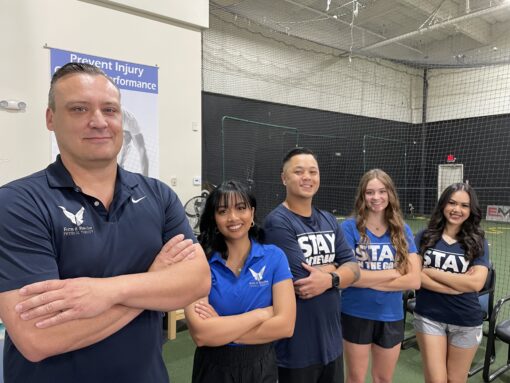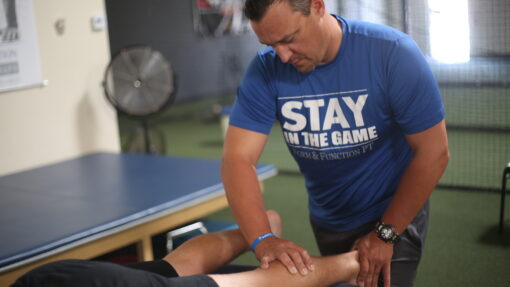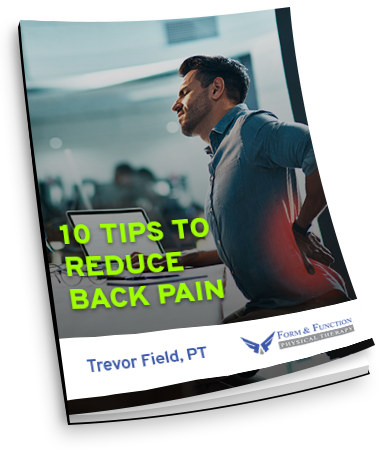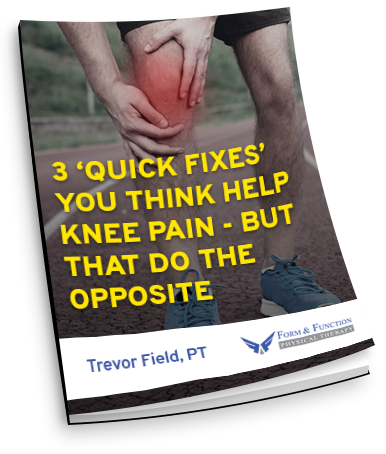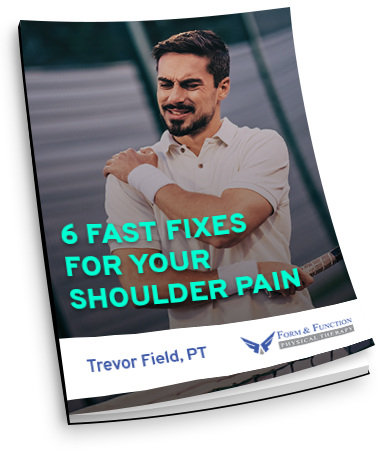Why Am I Not Getting Better Even With Physical Therapy?
View this post on Instagram
Why am I not getting better?
It happens fairly frequently that I get patients that have tried physical therapy elsewhere, but they just weren’t getting the results they thought they should have. It causes them to seek out an alternative approach to get them back on track. If you are going through this right now, you may have asked yourself “Why have I been doing PT for weeks yet I haven’t gotten any better?”
“I’ve been doing all these exercises and stretches but I am still in pain…” or maybe you just get the feeling my physical therapist just isn’t doing what I actually need.
There are a few reasons for this, and it can be a little uncomfortable to speak ill of the profession that I am in, so I will tread lightly.
One reason you may not be seeing results is the philosophy of the treatment approach. It is incredibly common for therapists to provide very basic levels of care, since this is what is dictated by insurance companies. It requires very little skill to provide treatment to stretch what is tight and strengthen what is weak. In some cases this approach can provide some relief, but not everyone has a basic inflexibility or weakness problem.
Another reason you may not be getting the results that you had hoped is a protocol-based approach. This happens particularly in post-surgery care. The problem is, very rarely are post surgical clients the same. Two clients come in after surgery for a meniscus tear. One walks in without a limp and very little swelling or bruising, and another comes in on crutches trying to avoid putting full weight on the leg. Rather than prescribing a program based on an assessment of where the individual client is, the protocol dictates the activities and exercises are prescribed. You can see that these two clients’ rehab sessions need to look very different from each other.
I dig deep with our clients that have attempted to get treatment elsewhere to try to find out what they did in the therapy they had. There is a common theme among the stories I’ve heard, not only in what they ARE doing, but also in what they ARE NOT doing. The big gap I’ve seen is that there is very little manual hands on therapy being done with clients. They tell me they do a warm up on a bike or treadmill, or for upper body issues an arm bike or shoulder pulleys. They get set up on a machine and walked away from until a kitchen timer goes off like they are a turkey in an oven.
Fortunately, there is a better way.
There are many ways to get you to the outcome you are looking for, but in my opinion this is the optimal way to get you there.
After a thorough assessment not only of functional movement, but of the joint movement, hands-on assessment of joint, ligament, tendon, and muscle integrity as well as nerve function. The next stage of rehab is hands on treatment to restore optimal movement of the tissue and joints. The mistake would be just to jump into stretching. Hands on therapy can down regulate a hyperactive nervous system. Going straight for a stretch can irritate the nerves and cause even more pain.
On a side note… the adage of “no pain, no gain” is drastically incorrect. There are a few conditions that we may have to push into pain to get a result, but that should be communicated to you prior, so you have clarity on what to expect. However, at no point should that pain be increased after a PT session 3 days later.
After the hands on therapy is done, here is where the skill and experience of the clinician really comes into play. There may need to be mobility exercise or stability exercise prescribed based on the need of the client. For our clients, we do our best to leverage technology to enhance the experience with us. Any exercise our clients are expected to do at home, we use a very unique application that we use to record our clients performing the exercise in our clinic, with our providers providing spoken instructions to allow perfect execution of the exercise outside our clinic walls. They are then dropped into a single email, and are in your inbox before you leave the clinic.
Lastly, we use even more innovative technology to accelerate healing that most every other office does not. The first device we use is a cold laser. It doesn’t make the tissue cold like cryotherapy, but it stimulates or energizes the cells to heal at a quicker pace. It helps with inflammation and pain as well. So much so that 80% of our clients will feel a change in their condition in under 10 minutes. This device was approved by the FDA in 2002 specifically for carpal tunnel syndrome, but we’ve seen non-healing wounds close, and years of intractable pain resolve.
The newest, and most advanced device we currently employ is a guided pulsed electromagnetic field therapy device. This device generates an electromagnetic field inside of the patient, and the practitioner guides the field through their touch. Areas that are less reactive to the field can be identified and “charged up” by the treatment to very quickly eliminate pain and speed up tissue healing. PEMF devices have been approved by the FDA in the 1970’s initially for non-union bone fractures. They have been shown effective in treatment of numerous conditions.
So that is what a typical treatment session could potentially look like in our clinic. But, there is one final reason that you may not be getting a result from another PT office. The availability of appointments in in-network clinics is becoming increasingly impacted. Several of our clients come to our clinic because they may have only gotten 1 appointment every 2-3 weeks where they were receiving rehab. It becomes difficult to stack gains with such inconsistent appointment availability.
Some offices have countered the availability problem by bringing in more support staff. Aides, assistants, volunteers, and students are all over these offices so it solves the availability issue, but causes an issue of a very watered down quality of those appointments.
If you are experiencing a lack of progress in physical therapy, don’t get discouraged.
Get a second opinion from another PT office.
Or if you want to read our other blog posts, click HERE to visit the Blog Page.
Finally, if you already feel like you have enough information and you’re ready to get help from providers that take the time and attention you deserve, then click HERE to request a $35 Discovery Visit with one of our expert physical therapists.
And if you are ready to find out a little bit more about us…
Check out our latest Episode of the Stay In The Game Podcast
Powered by RedCircle
If you found this article helpful you might like:
A Physical Therapist’s Guide to Balance Problems5 Benefits of Exercise for Aging Adults

